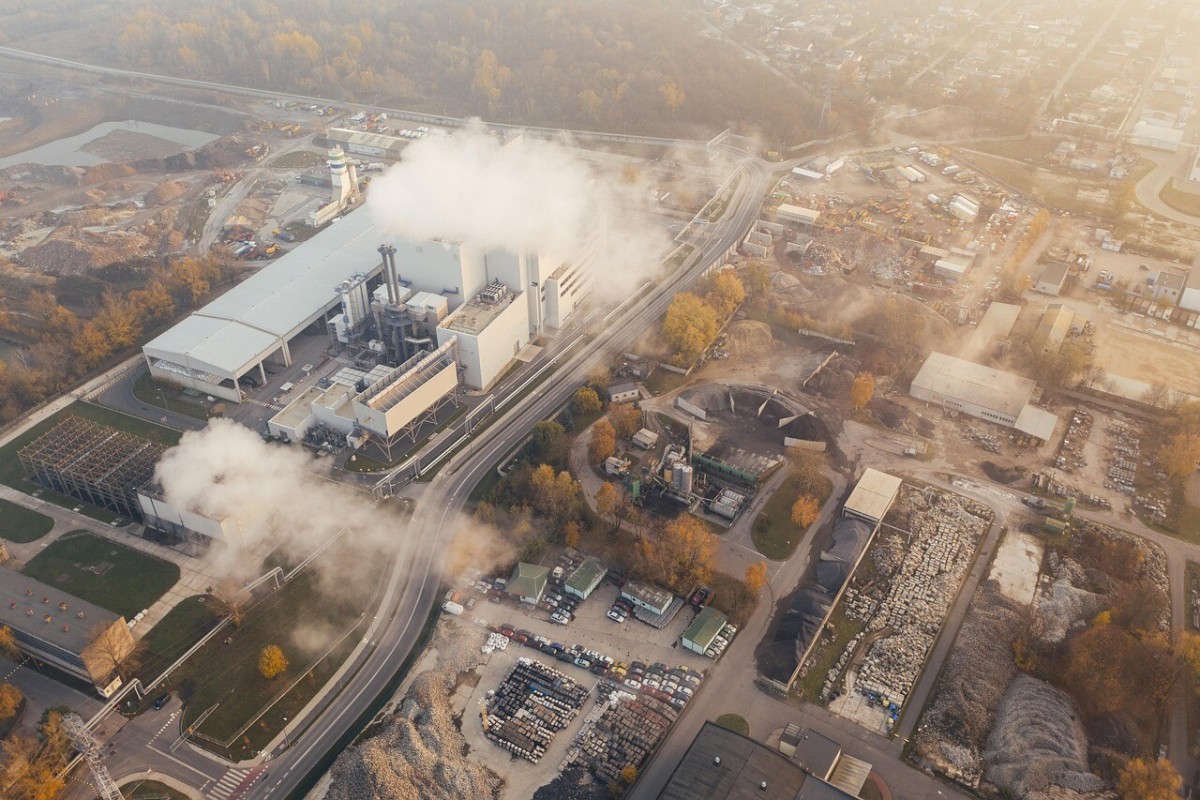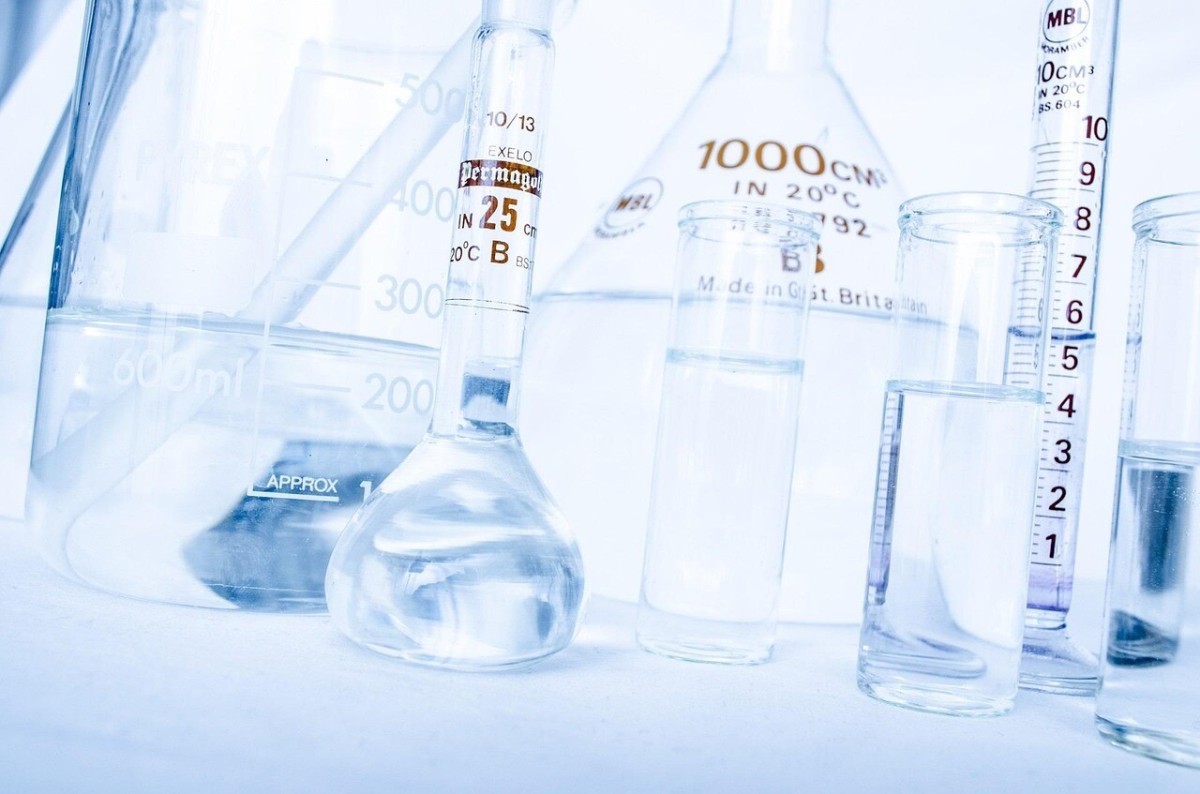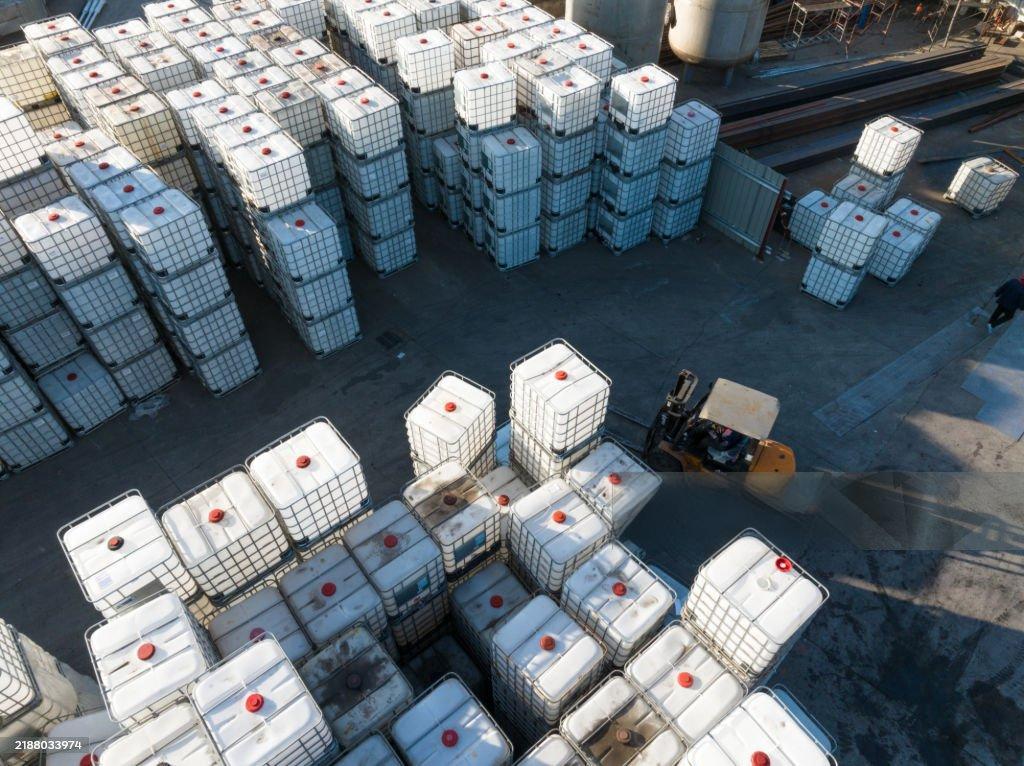BLOG
CONTENTS
What Is a Defoamer? How Does It Work?
You need good foam control to keep operations running smoothly and ensure your products are of high quality. A defoamer quickly eliminates foam, while antifoaming agents prevent foam from forming. Foam in papermaking and wastewater treatment causes problems, slows processes, and increases costs. The defoamer market is expanding and is expected to reach $3.96 billionby 2025. Companies likeGuanru Chemicalprovide solutions that help you comply with regulations, save energy, and avoid wasting time and money.

Key Takeaways
A defoamer quickly removes foam from liquids. This helps machines operate smoothly and maintains product quality. Defoamers are different from antifoaming agents. Defoamers act after foam appears. Antifoaming agents prevent foam from forming in the first place. Choosing the right defoamer is very important. You can select from silicone-based, mineral oil-based, or water-based options. Each type is best suited for specific applications. Using defoamers can save money by reducing product waste and preventing equipment damage. They also improve the efficiency of the process. Some defoamers are eco-friendly, allowing companies to control foam while caring for the environment.
Definition and Function
Foam can show up in lots of industries. It can slow things down, hurt machines, and make products worse. You need something that works fast to fix this. A defoamer helps you do that.
A defoamer is a chemical that takes bubbles and air out of liquids. It works quickly to break foam and stop it from coming back. You can use defoamers in papermaking, cleaning water, making food, and more. When you use a defoamer, you protect your machines, save money, and keep your products good.
Tip: Not every defoamer is the same. You can pick silicone-based, mineral oil-based, glycol-based, or polyol-based types. Each one works best for different jobs.
Here’s how defoamers help you every day:
Defoamers do more than just remove foam. They keep your stuff safe and help your business work well.
Defoamer vs. Antifoaming Agents
You might ask if defoamers and antifoaming agents are the same. Many people mix them up, but they work differently and at different times.
Antifoaming agents stop foam before it starts. You add them early in your process. They lower surface tension and keep bubbles from forming. You use antifoaming agents in paints, coatings, textiles, and cleaning water to keep foam away.
Defoamers work after foam shows up. You use them when foam is causing problems. Defoamers break bubbles fast and help things flow again. You need defoamers in fermentation, cooling towers, oil and gas, and other places where foam can pop up quickly.
Antifoaming agents stop gas molecules from sticking together. They break tiny bubbles and soak up gas to stop bubbles from forming. They also block things that make foam strong.
Defoamers quickly lower surface tension and pop bubbles. They help foam go away fast.
Note: The big difference is when you use them. You use antifoaming agents to stop foam before it starts. You use defoamers to get rid of foam that is already there.
Some people think all defoamers are the same or bad for nature. That is not true. You can find green choices that are safe and work well. Defoamers are not just for big factories. You can use them in food, drinks, paints, and special products.
When you know the difference between defoamers and antifoaming agents, you can pick the right one for your job. You save time, protect your machines, and keep things running smoothly.
How Defoamers Work

Foam Formation Process
Foam can show up in factories for many reasons. You see foam when bubbles form and stay on top of liquids. In papermaking and cleaning water, foam comes from special substances. These substances make surface tension higher and help bubbles stick. If you use dirty pulp, it keeps more of these substances. This makes foam even worse. Sizing agents add rosin acid salts to the pulp. This also leads to more foam. When pulping leaves behind these substances, foam forms in the paper machine. More sizing in the pulp means more rosin acid salts. This causes even more foam. If the pulp’s pH is too high, gum does not stick to fibers. This lets foam build up.
Special substances make surface tension higher and cause bubbles.
Dirty pulp keeps more foam-causing substances.
Sizing agents add rosin acid salts, making the foam worse.
High pH stops gum from sticking, so foam forms.
Foam slows down your work, hurts machines, and lowers quality. You need to control the foam to keep things running well.
Defoamer Mechanism
Defoamers act fast to break foam and help flow. When you add a defoamer, it attacks foam in different ways. You see results quickly because defoamers use both physical and chemical actions.
You add the defoamer to your system. Hydrophobic particles move to the foam and break bubble walls. Surfactants spread out and lower the surface tension. The foam gets weak and falls apart. The Marangoni effect helps the defoamer reach all the foam. This gives you full control. You see less foam, better flow, and higher quality.
Tip: Antifoaming agents stop foam before it starts. Defoamers remove foam that is already there. Both help keep your process clean and smooth.
Factors Affecting Performance
You want your defoamer to work every time. Many things affect how well it works in your system.
How you mix the defoamer matters. Good mixing means better foam control.
The defoamer must work well with your other chemicals. If not, the foam can get worse.
High heat may need special defoamers. Regular ones might not work in hot places.
You must store defoamers the right way. Bad storage can make them stop working.
How and when you add the defoamer changes the results. Follow good steps for timing and mixing.
You can make defoamers work better by following expert tips. For dry uses, mix powder defoamer with bulk stuff to stop clumps. For wet uses, add defoamer after wetting, wait, then mix gently. Do not mix too fast, or you might make more foam. Many companies make defoamers to meet safety and chemical rules. You can use machines to adjust your process in real time. This cuts waste and keeps your quality high.
Note: If you pick the right defoamer and use it right, you fix foam problems, protect your machines, and save money.
Types and Components of Defoamers
Types of Defoamers
There are many kinds of defoamers you can use. Each kind works best in certain jobs. Picking the right one helps you fix foam problems fast. The table below shows the main types and what they do:
You can also get oil-based, silicone-based, water-based, and powdered defoamers. Oil-based ones work well in thick liquids like paint and glue. Silicone-based types are strong and can be used in food, clothes, and cleaning water. Water-based defoamers are safe and good for the planet. They are used in makeup and water cleaning. Powdered defoamers are best for dry things like soap and building mixes.
Defoamer Components
A defoamer is made from more than one thing. It uses a mix of parts to break foam fast and keep things running well. Here are the main parts you find in most defoamers:
Main anti-foaming agent: This can be hydrophobic silica, fatty amine, or paraffin with silicone oil.
Auxiliary defoamer: Fatty alcohols and fatty acid esters help the main agent work better.
Carrier: Water spreads the active parts around.
Emulsifier and spreader: Organic esters and ethyl oxidation products help the defoamer mix in.
Stabilizer and compounding agent: Oleic acid and hexylene glycol keep the defoamer stable and lasting longer.
The right mix makes your defoamer strong, steady, and easy to use. New tech now uses green materials and smart tools, like nanotechnology and digital checks, to help you save money and protect nature.
Selecting a Defoamer
Picking the best defoamer can save you time and money. You should check a few things before you choose:
Make sure the defoamer works with your process and does not cause bad reactions.
Check that it will not leave stuff behind or block filters.
Make sure it will not hurt any catalysts in your system.
Pick a defoamer that has worked well in jobs like yours.
Choose one that is easy to use and fits your setup.
Make sure it follows all safety and industry rules.
Think about the cost and how it helps your products.
Tip: Rules like the EPA’s Safer Choice help you pick safe and good defoamers. Always check for these rules so you do not have problems later.
Now you can find defoamers that follow strict rules and use green chemistry. These new choices help you stay ahead and keep your process working its best.
Applications in Industry

Papermaking Applications
Foam is a problem in papermaking every day. It slows machines and makes paper quality worse. You want to save energy and avoid repairs. Defoamers help fix these problems fast.
Defoamers take away foam, so machines work better.
Washing pulp and paper gets easier and cleaner.
The finished paper has fewer mistakes and looks better.
You use less energy and keep machines safe from harm.
New defoamers work with small amounts, so you save money and use fewer chemicals.
Your process stays steady, and you use less water.
Guanru Chemical has strong defoamers for paper and pulp. Their products help you meet tough quality rules and keep machines working longer. Learn more about Guanru’s paper defoamers.
Wastewater Treatment
Foam in wastewater plants causes lots of trouble. It blocks sensors and messes up chemical use. It also stops good treatment from happening. You need something to keep your system working right.
Defoamers pop foam bubbles and lower surface tension.
You stop foam from blocking oxygen and hurting helpful microbes.
You avoid spills and pump problems.
Your plant works well, and you meet water rules.
Guanru Chemical’s defoamers for sewage help you control foam, spend less on repairs, and follow the rules. See Guanru’s wastewater defoamers.
Mineral Oil Uses
You want mineral oil processing to work well. Foam can mess up your work and lower quality. Defoamers stop foam from starting and break it down fast. They work in both acid and base conditions. Your process stays steady, and your product stays pure. Defoamers do not change your system, so you get good results every time.
Other Industries
Defoamers help in many other areas:
Food and Beverage: Stop product loss when mixing and packing.
Pharmaceuticals: Keep every batch the same and follow rules.
Textiles: Make dyeing and fabric better.
Oil and Gas: Control foam when drilling and refining for better results.
You can count on defoamers to fix foam problems anywhere. Pick the right one and keep your business running well.
Importance of Foam Control
Problems Caused by Foam
Foam can cause big problems in your plant. It blocks filters and pumps. This means machines stop and need repairs. You lose time and money fixing these issues. In chemical plants, foam wears out equipment faster. It can make machines break down more often. Foam also makes things less safe. It can spill over tanks and pipes. This can cause accidents or explosions. This is very risky if you use flammable stuff.
Foam that is not controlled hurts machines and slows work.
Too much foam means you make less product and must clean more.
You pay more for repairs and lost time.
Lubricant foaming makes machines unsafe and less efficient.
Foam can spill and overflow, putting workers in danger.
You must control foam to keep things safe and working well. Antifoaming agents stop foam before it starts. If foam shows up, you need a defoamer to fix it fast.
Benefits of Defoamers
Defoamers help you see good changes. Machines keep running, and products stay the same. You save money and keep your team safe. The table below shows what you get when you use defoamers:
You also follow tough environmental rules. Many companies use biodegradable defoamers now. This helps lower pollution and avoid fines. New technology gives you green choices that work well. You show customers you care about nature. Your brand looks better.
You spend less on chemicals and fixing machines.
You stop foam from messing up your work.
You reach your environmental goals and keep your business strong.
Tip: Pick the best foam control plan to work better and help the planet. You can protect your machines, your team, and nature at the same time.
You need to know how defoamers and antifoaming agents are different. This helps you fix foam problems the right way. Here is a simple comparison:
Defoamers help a lot in papermaking, cleaning water, and mineral oil jobs. They make work faster, keep quality high, and save money. Defoamers also help your process stay safe and steady.
You should look for foam in your process.
Learn how foam starts in your system.
Use the right amount and add it the right way.
Check your results and change things if needed.
Pick the best way to control foam. You keep your machines safe, spend less, and help your business do well.
FAQ
What is the main difference between a defoamer and an antifoaming agent?
A defoamer gets rid of foam that is already there. An antifoaming agent stops foam from starting in the first place. Pick the right one to fix your foam problem faster.
Can I use defoamers in food or beverage production?
Yes, you can use food-grade defoamers in these jobs. These products follow strict safety rules. They help keep your food safe and your process smooth.
How do I know which defoamer works best for my process?
Check your system’s temperature, pH, and what chemicals you use. Try out different defoamers in small tests. Choose the one that works best and follows safety rules.
Will defoamers harm my equipment or the environment?
You can pick eco-friendly defoamers that are safe for machines. These choices help lower pollution and protect nature. Look for ones with EPA Safer Choice or similar labels.
How often should I add defoamer to my system?
Watch your foam levels and only add defoamer when needed. Checking often helps you use less and keeps things running well.
